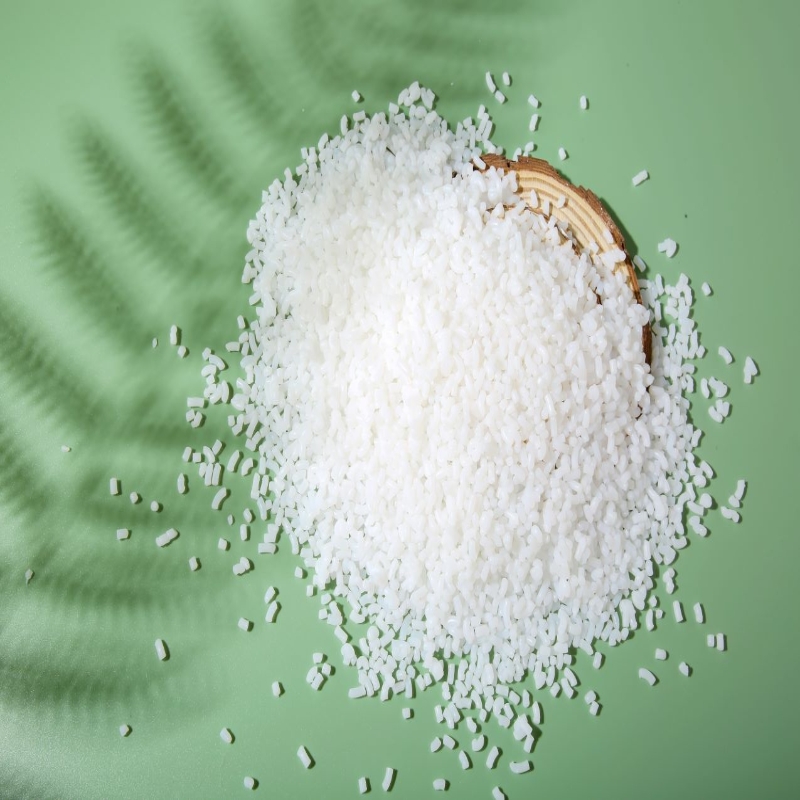-
Categories
-
Pharmaceutical Intermediates
-
Active Pharmaceutical Ingredients
-
Food Additives
- Industrial Coatings
- Agrochemicals
- Dyes and Pigments
- Surfactant
- Flavors and Fragrances
- Chemical Reagents
- Catalyst and Auxiliary
- Natural Products
- Inorganic Chemistry
-
Organic Chemistry
-
Biochemical Engineering
- Analytical Chemistry
-
Cosmetic Ingredient
- Water Treatment Chemical
-
Pharmaceutical Intermediates
Promotion
ECHEMI Mall
Wholesale
Weekly Price
Exhibition
News
-
Trade Service
Water-based coatings have been a key element in transforming the coatings industry into a more sustainable way of business. However, challenges remain, particularly with regard to corrosion resistance. We asked the experts about this problem and how to solve
.
explains that it is not easy to make water-based coatings more resistant to corrosion, "the root cause of the disadvantage is the nature of the water itself, which is difficult to overcome." One problem with Yetis is sensitive field conditions, such as high humidity or low temperatures.
he also solved the problem of applying water-based coatings to multi-layer high film thickness. "Water is more difficult to evaporate than most organic solvents due to the extremely strong hydrogen bond," he explains.
Vanheertum is worried about Allnex as a marketing manager.
water-free isocyanate
can cause many problems, such as sagging or optics. Solutions can be found in the 2k isocyanate system. However, isocyanate itself is a problem. Tom Vanheertum, of Allnex, said: "With the development of new water-based non-isocyanates, we believe that a new approach has actually been opened up to address this issue. However
water-based coatings can be used in corrosion-resistant applications, depending on conditions and performance requirements. Tom Vanheertum, from Allnex, said: "At the moment, the market has to find a trade-off between corrosion resistance and durability. He explains that hydrophobic systems generally have good corrosion resistance because they keep water away from metal substrates. "However, the difficulty with these polymers is to keep them scattered in water and still get good corrosion resistance, " explains the
Director of Research and Development at Kansai Altan.
the corrosion of emulsifying agents is
. Selim Yeti, of Kansai Altan, also believes that hydrophobic and hydrophobic problems are a problem. Since emulsifying agents left in dry films reduces their water resistance and corrosion resistance, one approach may be to cause them to undergo some kind of transformation. "We believe that emulsion design is the most promising area for the future development of water-based coatings, " he said. Another major improvement in water-technology is the design of emulsion-free emulsion technology and macroRAFT technology for emulsion manufacturing. "Add."
you can find a solution based on your needs. Tom Vanheertum said: "We will soon be introducing a new 1K water-based acrylic system that can easily pass through the C3 standard as well as new dispersants. "However, for the higher standards of C5 (according to ISO 12944), on-board technology does not appear to exist, and even for C4 there are still problems, as Selim Yeeti?i?
.







